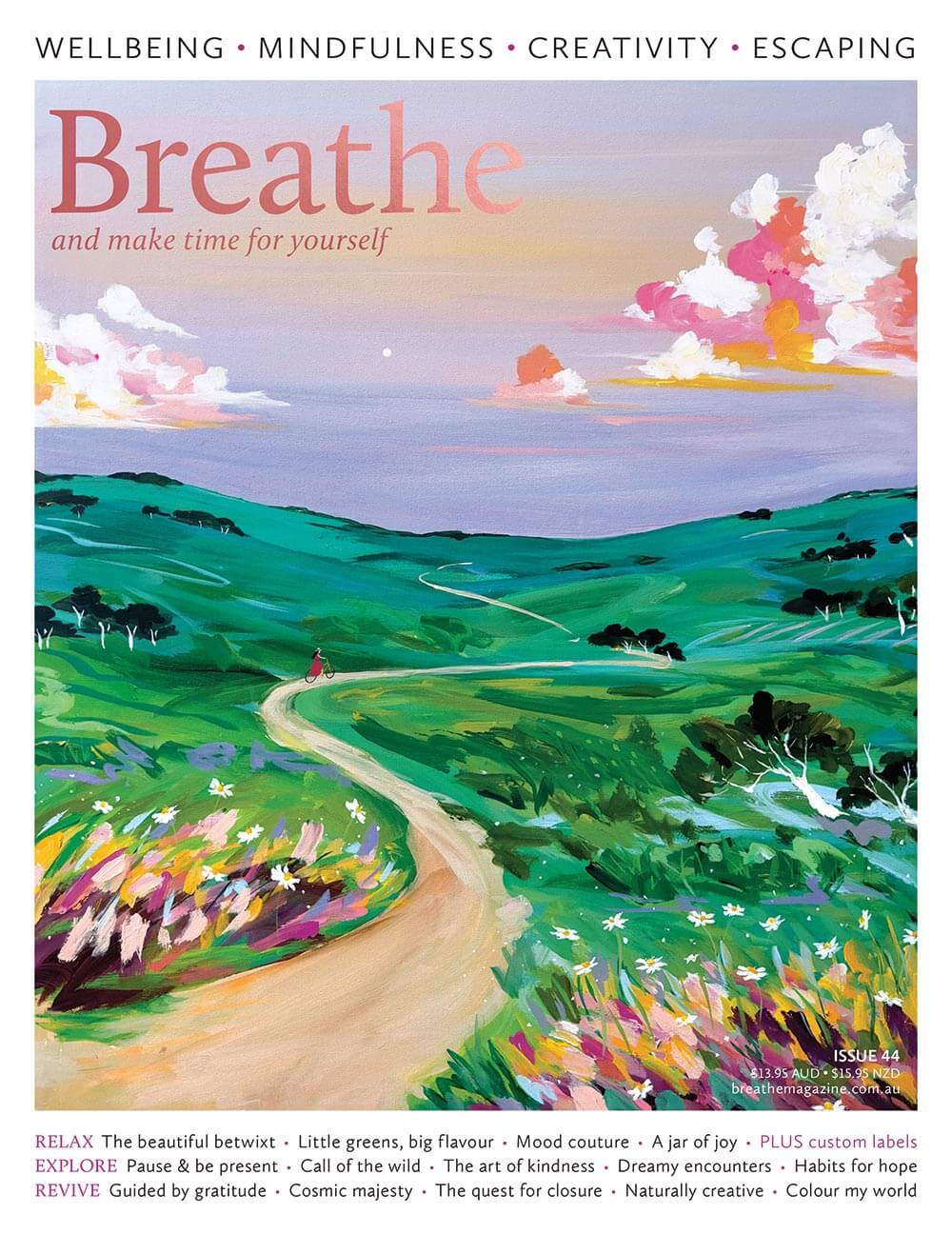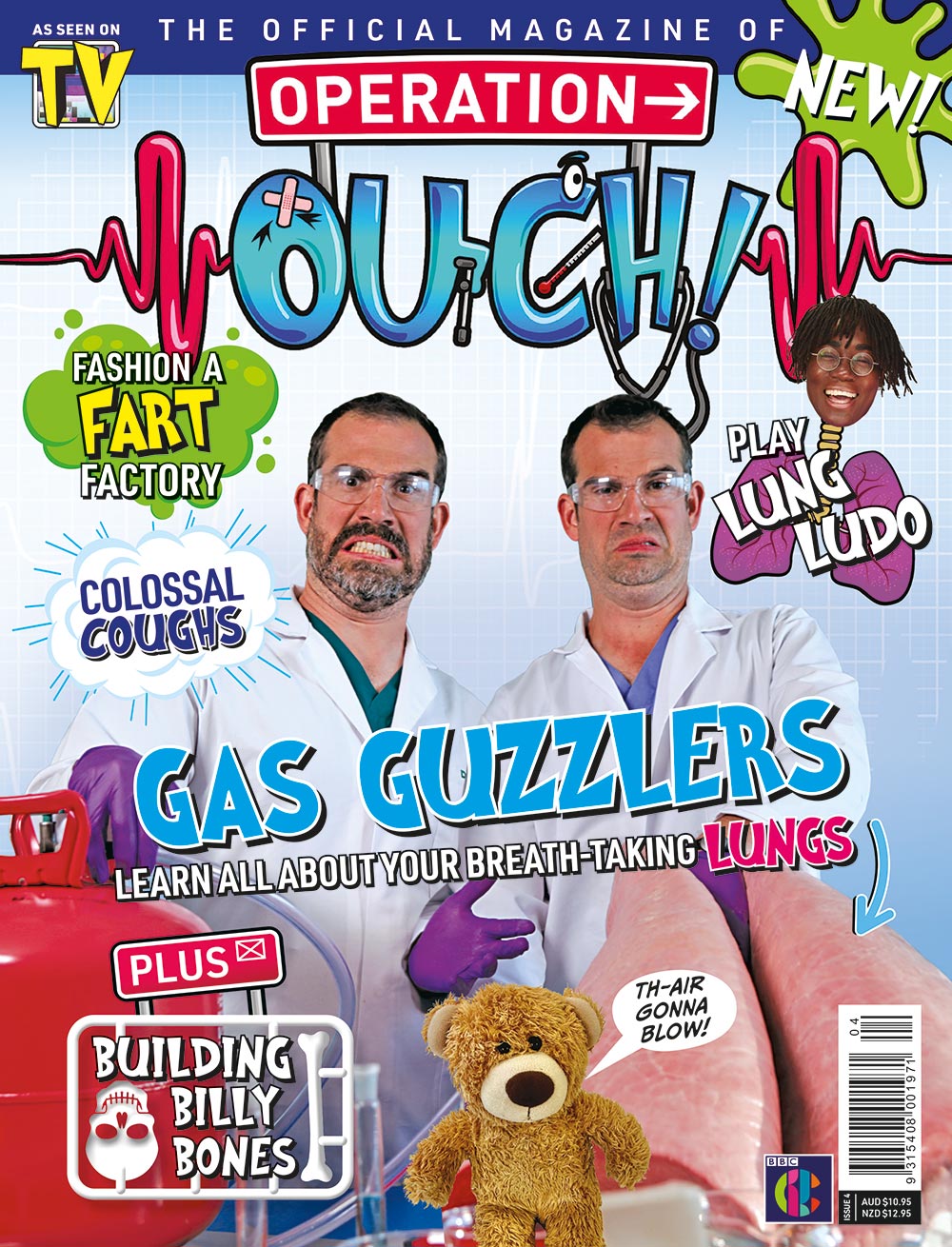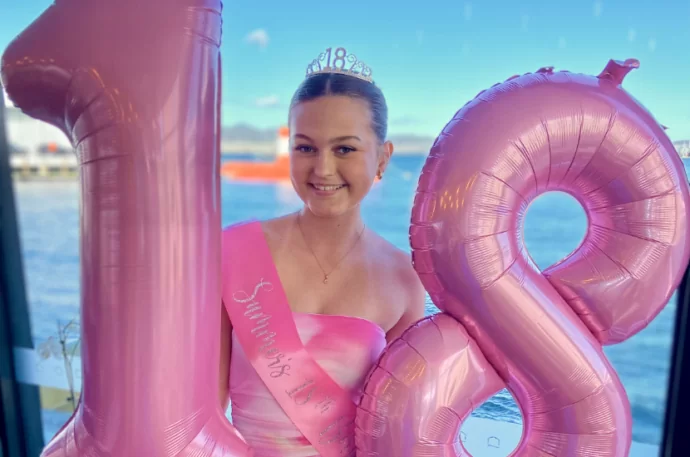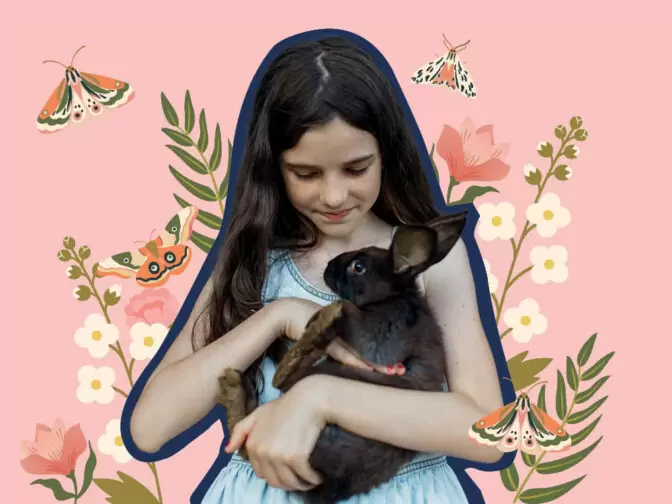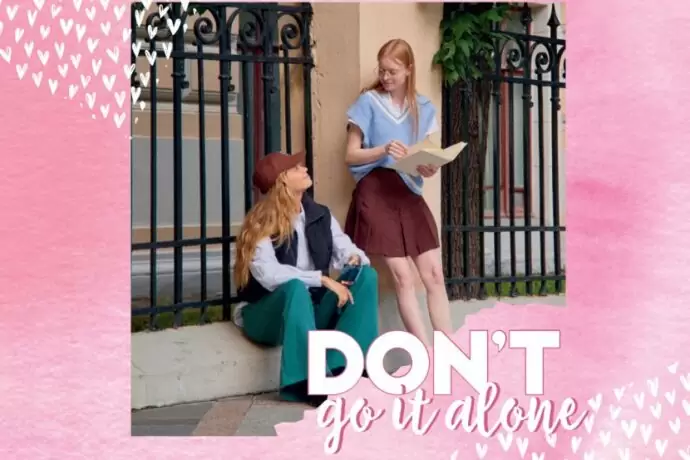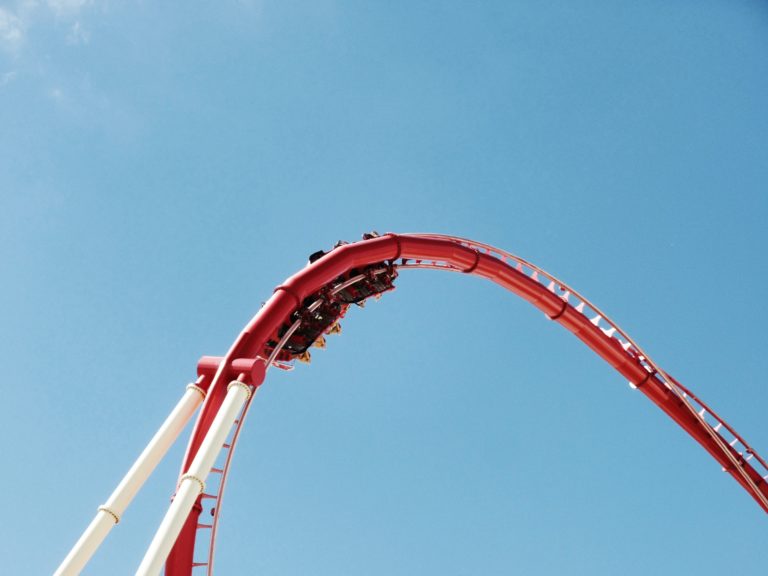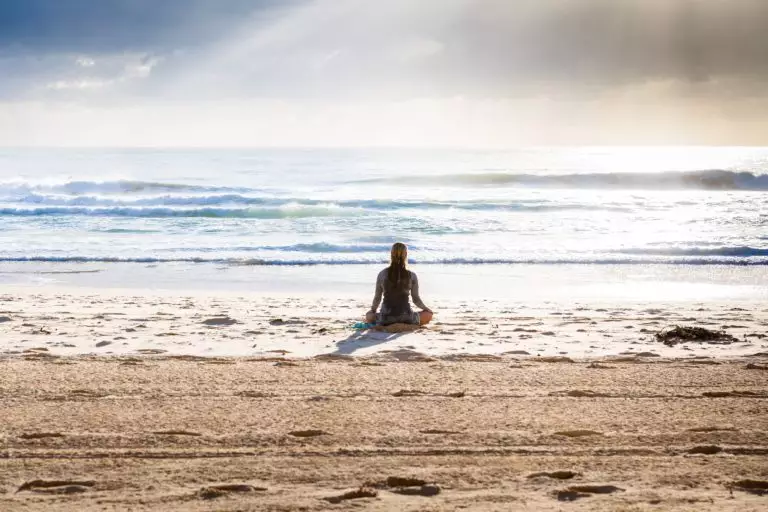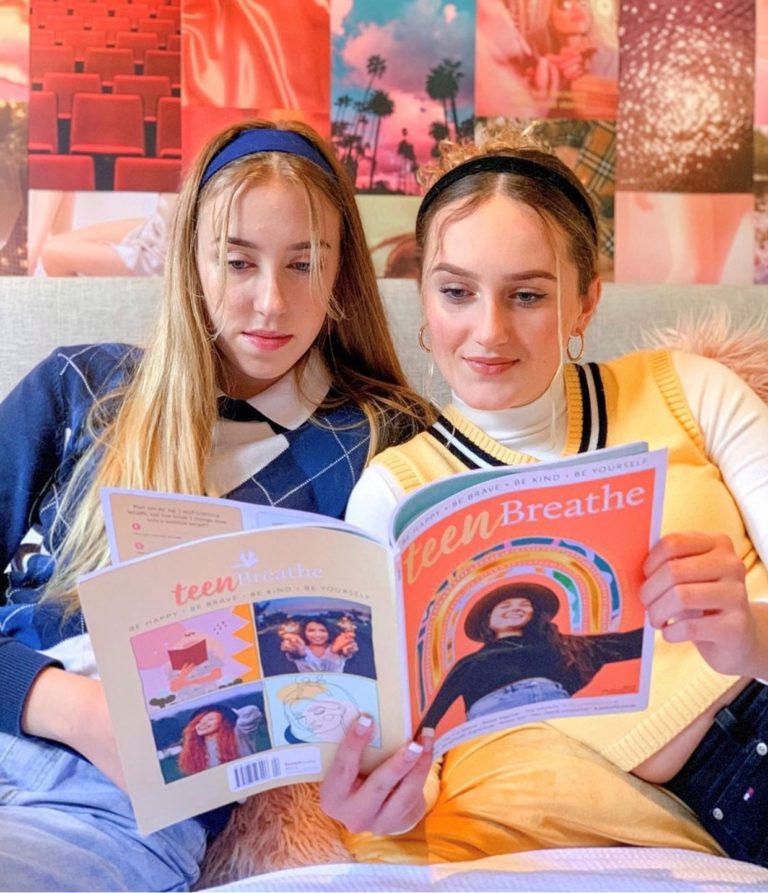
Find out how three inspiring women are helping to save the world's oceans.
In the waters around Sardinia, turtles swallow bottle caps, plastic bags and balloons, mistaking them for their natural diet of jellyfish, with deadly consequences. In the Indian Ocean, off the coast of Sri Lanka, a young pygmy blue whale rises up for air from under the waves, emerging into a mess of plastic debris and oil floating on the surface. These shocking scenes were recorded for A Plastic Ocean, a remarkable film released in 2016. It reveals the effects of plastic on the planet’s marine ecosystems and human health, and launched a campaign to rid the world’s oceans of plastic waste.
Praised by naturalist Sir David Attenborough as ‘one of the most important films of our time’, the documentary is the work of film-maker Jo Ruxton, a former producer with the BBC’s Natural History Unit and one of the Blue Planet team.
‘People watch wildlife documentaries and think the oceans are still pristine but they aren’t,’ says Jo, who hails from Bristol, UK. ‘I have known film crews spend two hours clearing up beaches before they can take shots of turtles.’
THE GREAT PACIFIC GARBAGE PATCH
Through her work with the BBC and seven years as a marine scientist, Jo has seen close-up the impact that people have had on the planet’s seas. But it was when she had the opportunity to join an expedition to the legendary Great Pacific Garbage Patch – a vast ocean gathering of plastic and debris – that she realised she had to make the film.
Jo was prepared to be shocked, expecting to see an enormous mass of rubbish, but instead she was met by what looked like a beautiful unspoilt sea. It was only by trawling with plankton nets that they revealed the water was actually choked with millions of tiny fragments of plastic, swirling with the currents and saturating the ocean. ‘I thought plastic was an issue of pollution, eyesore and entanglement. I had no idea that it was a threat to human health too,’ she says.
THE HARMFUL EFFECTS OF MICRO-PLASTIC
More than eight million tonnes of plastics end up in the world’s seas each year, with some dumped by ships, but most coming from the land and taking up to 20 years to reach the centre of the ocean.
‘During that time, sunlight, waves and salt make the plastic brittle, so it breaks up into tiny fragments,’ explains Jo. These pieces of micro-plastic leach out toxins, but they’re also magnets for other harmful chemicals, which combine in what Jo calls ‘poison pills’.
Mixed in with plankton – the foodstuff of a huge array of sea creatures from crustaceans to whales and the basis of life in the oceans – the particles end up in the food chain. Inevitably they make their way into fish and seafood, which are then eaten by humans.
TOXIC SOUP
In some places this toxic soup is making every link in that chain sick, including people. Exposure to these chemicals has been linked to cancers, infertility and a whole host of disorders. Astoundingly, 92 per cent of Americans have plastic and chemicals from plastic in their systems.
Revealing the scale of the issue was often heart-rending for Jo’s team, who saw firsthand how the ocean’s animals are suffering from the rush of plastic flooding their home. Dolphins feeding on discarded shopping bags, turtles with drinking straws lodged in their nostrils, seals trapped by plastic netting, cutting into their skin. One million seabirds and 100,000 marine mammals are killed every year from plastic in the oceans, and scientists believe more than 90 per cent of all seabirds on the planet have eaten a form of plastic.
DISPOSABLE MYTH
Jo’s determination and passion is matched by Plastic Oceans Ambassador and champion freediver Tanya Streeter, who co-presented the film. Born and raised in the Cayman Islands, Tanya forged a career in the ocean, holding 10 world records in freediving. In 2002, she held the overall ‘No Limits’ freediving record – descending deeper than any other male or female – reaching 160 metres in one breath.
‘When I was a child, my playground was the sea. I felt cared for by the ocean – it was my safe place,’ recalls Tanya, who now lives in Austin, Texas. ‘It’s a gift to be able to give something back, having had such a successful career under the waves.’
‘We’ve been told since the 1950s that plastic is “disposable”,’ says Tanya. ‘But it’s not disposable – it’s permanent and indestructible. Pretty much every piece of plastic ever made – more than eight billion tonnes of it – is still on the planet, leaching toxins.’
Things may finally be moving in the right direction, with countries such as China, France and Morocco banning lightweight plastic bags; Costa Rica pledging to ban all single-use plastics by 2021; Kenya banning bags and introducing fines and jail sentences for plastic polluters; and nations like Germany bringing in strict new packaging and recycling laws.
But there’s already enough plastic waste out there to cover a country the size of Argentina, and if plastic production increases at recent levels, these efforts could be just a drop in the ocean – more plastic has been produced in the past 10 years than in the entire previous century. ‘It’s frustrating to watch politicians obstructing laws on plastics that would make a huge difference. Given that our planet sustains our life, we should be putting her first at all costs,’ says Tanya. ‘We’re at the tipping point and the madness has to stop, but at least everyone is finally acknowledging the issues.’
WHY HUMANS NEED TO CHANGE THEIR HABITS
While some environmental challenges, such as climate change, may seem overwhelming or beyond one person’s capability to make a difference, plastic is an issue where we can all make a difference every day.
‘We all have power as individuals and consumers to kick this addiction,’ affirms Tanya. ‘It’s amazing how much plastic each of us can prevent from entering the natural environment by making a few lifestyle changes.’
Jo and Tanya are out to create a wave of change, and it’s one that we can ride. ‘We all need to rethink our plastic behaviour,’ says Jo. ‘Our demand for convenience has inadvertently created a “throw-away” lifestyle with an indestructible product. With plastic, “away” simply doesn’t exist.’
10 WAYS YOU CAN HELP SAVE OUR SEAS
- If you have to use something plastic, then make sure you recycle it
- Create a ‘plastic-free’ goodie bag and keep it with you whenever you go out. It could include items like non-toxic straws, foldable bags, utensils and a reusable cup
- Choose glass, paper, stainless steel, wood, ceramic and bamboo over plastic
- Take your shopping home in reusable bags, not plastic ones
- Give up chewing gum – it’s made of synthetic rubber, which is plastic
- Skip the plastic bottle and drink from reusable bottles or mugs
- Don’t celebrate by releasing balloons, which could end up in the ocean
- Choose foods at the supermarket that are not wrapped in plastic
- Eat fewer takeaways and fast food (this will be good for your health, too)
- Wear clothing that’s made from natural fibres rather than synthetic materials
Find out more about the Plastic Oceans Foundation at plasticoceans.org.



